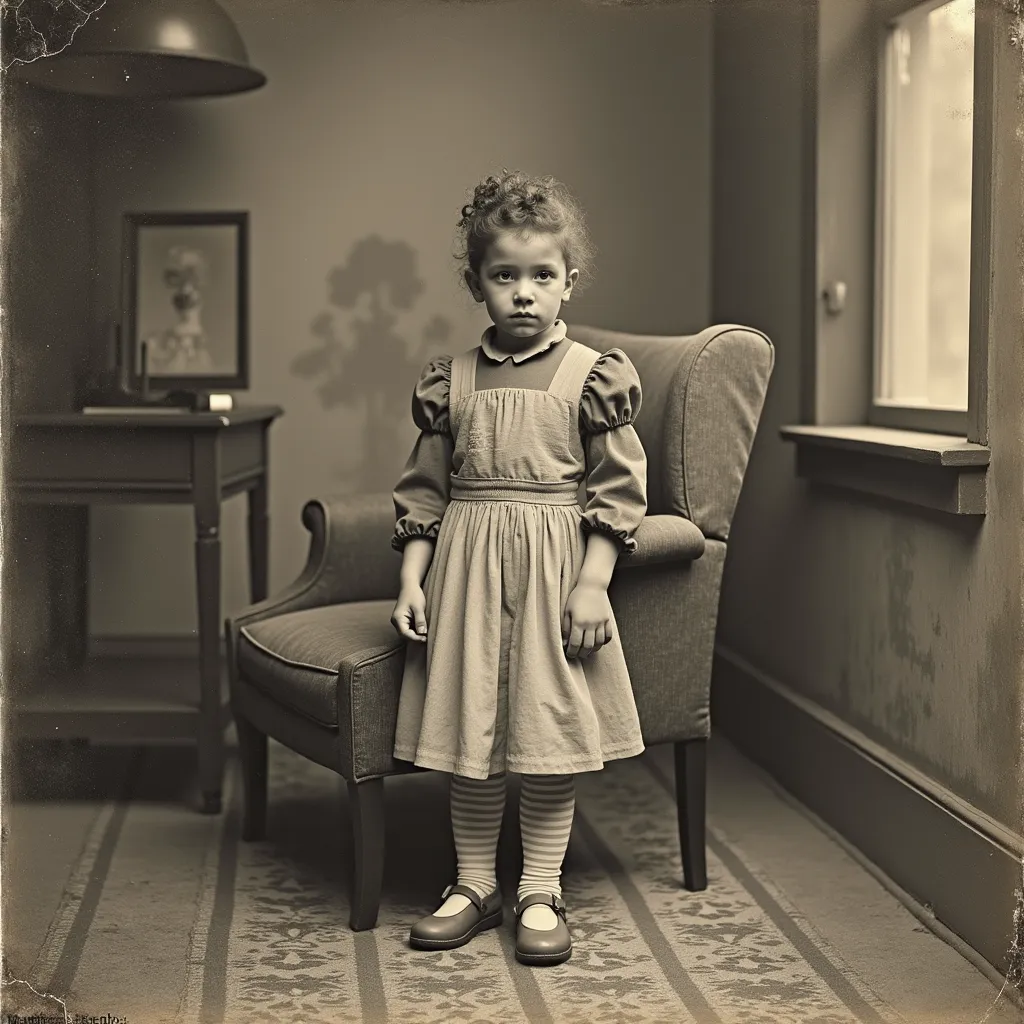The wind of the summer night stirred the yellowed pages of the old desk calendar, and the numbers gently trembled in a certain month of 1998. The Roman mechanical watch left behind by my grandfather is lying deep in the drawer, the gears are still stubbornly biting the time, and the arc drawn by the second hand hides countless folded mornings and twilights. Nostalgia is never a simple memory playback, but a spiritual ritual for human beings to find eternal coordinates in the folds of time.
Time and space code of objects
The unique odor emanating from my grandmother’s camphor wood box when it was opened was an olfactory code spanning half a century. On the faded Indeed Liang shirt, the stitches are as fine as star trails, and every patch records the wisdom of survival in the era of material scarcity. In the tin cookie box pressed at the bottom of the box, the jagged gap on the edge of the food stamps seems to be still telling the collective memory of the planned economy era. These silent exhibits constitute specimens of microhistory, allowing abstract history to be visualized in the warp and weft of the fabric.
The mottled public phone booths at the entrance of the hutongs, with the worn “9” key on the digital keypad, mark the youthful excitement of a teenager who repeatedly dialed the unanswered number. The green paint peeling off the belly of the mailbox may still be curled up with a certain unsent love letter, the pen handwriting is stained by the years into a blur of tears. The remains of industrial civilization have been given a new poetic meaning in the digital age, and have become living slices of urban archaeology.
Topological Reconstruction of Memory
Radio gymnastic music in the morning light rings out punctually in the community square, and the limbs of different generations dance to the same beat. The fifth set of the 1990s and the ninth set of the present overlap in time and space, and the muscle memory of the old people and the fresh imitation of the children form a polyphony. This ritual resonance across generations weaves individual lives into a larger social picture.
When a popcorn machine explodes deep in the alley, the sound waves shatter the glass walls of time and space, and the parents of the Post-90s and the children of the Post-10s cover their ears at the same time, with a similar sense of fear and anticipation that is inherent in their genes. The burnt aroma of traditional snacks is wrapped with the fireworks of the early industrialization, reconstructing the primitive sensory revelry in the era of aseptically packaged snacks.
The Eternal Search for the Present
The process of slow development of the film camera creates the aesthetics of anticipation that modern digital imaging cannot replicate. During the seventy-two hours of waiting for photos to emerge, memories quietly ferment in the darkroom, creating a unique psychological time lag. The aesthetic experience nurtured by this mechanism of delayed gratification is precisely a gentle resistance to the culture of instant consumption.
In the rustling current of a midnight radio station, the host’s voice travels through the ionosphere to reach the pillow. This warm noise characteristic of analog signals constitutes a scarce auditory burr in the era of digital streaming media. When perfect sound quality becomes the standard, those occasional stray noises mixed in instead become a certified mark of authenticity.
In the urban jungle covered by 5G networks, we still thump our hearts for the modem sound of dial-up internet. This contradictory emotional tension reveals the eternal nostalgia in the world of human spirit: we are eager to break through the boundaries of time and space, but we are also obsessed with salvaging the lost poetry in the speed of technology. Nostalgia is never a simple copy of the past, but rather a prism of memory to reflect the deeper truths of current existence, and to write an eternal narrative belonging to this era in the folds of time.
